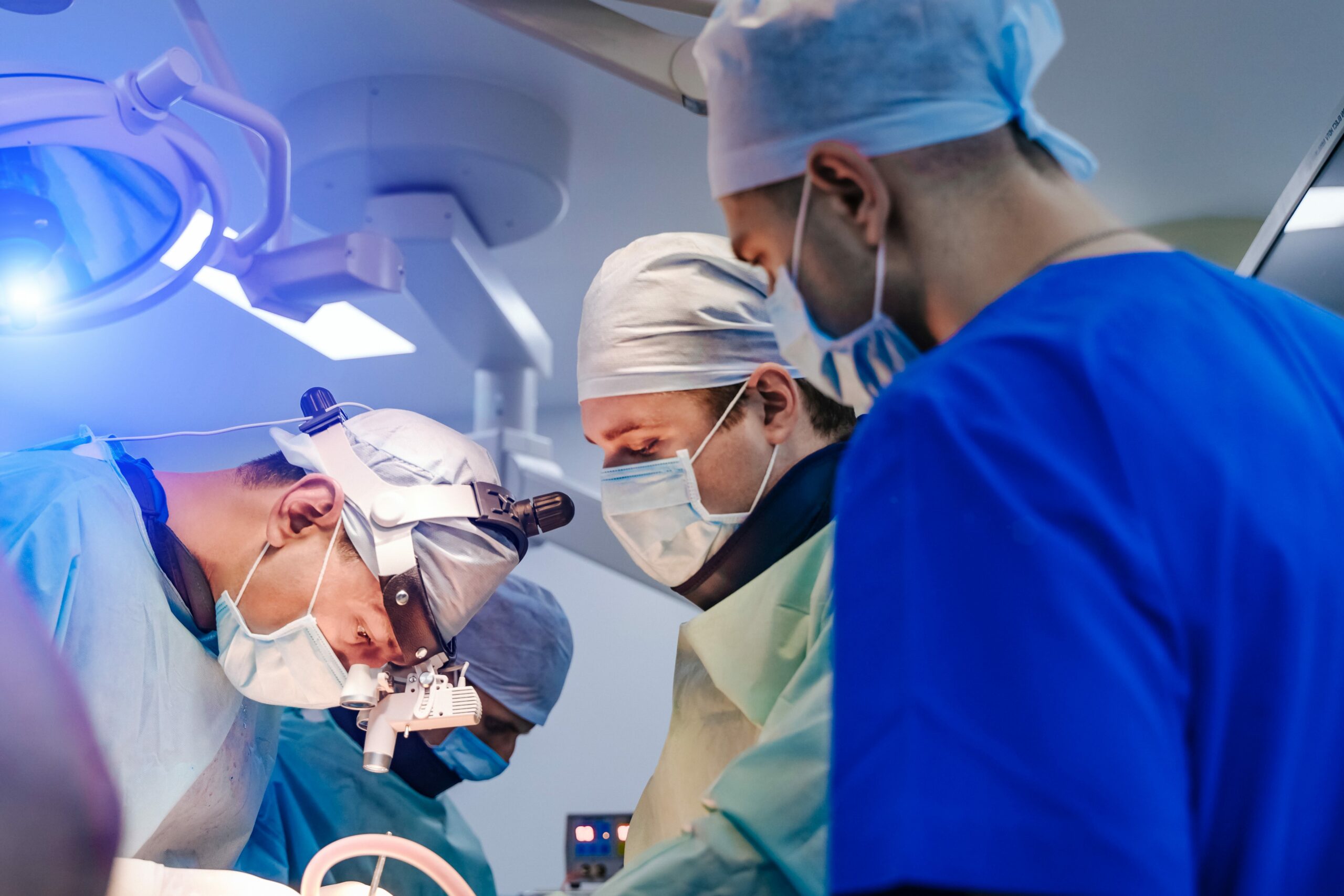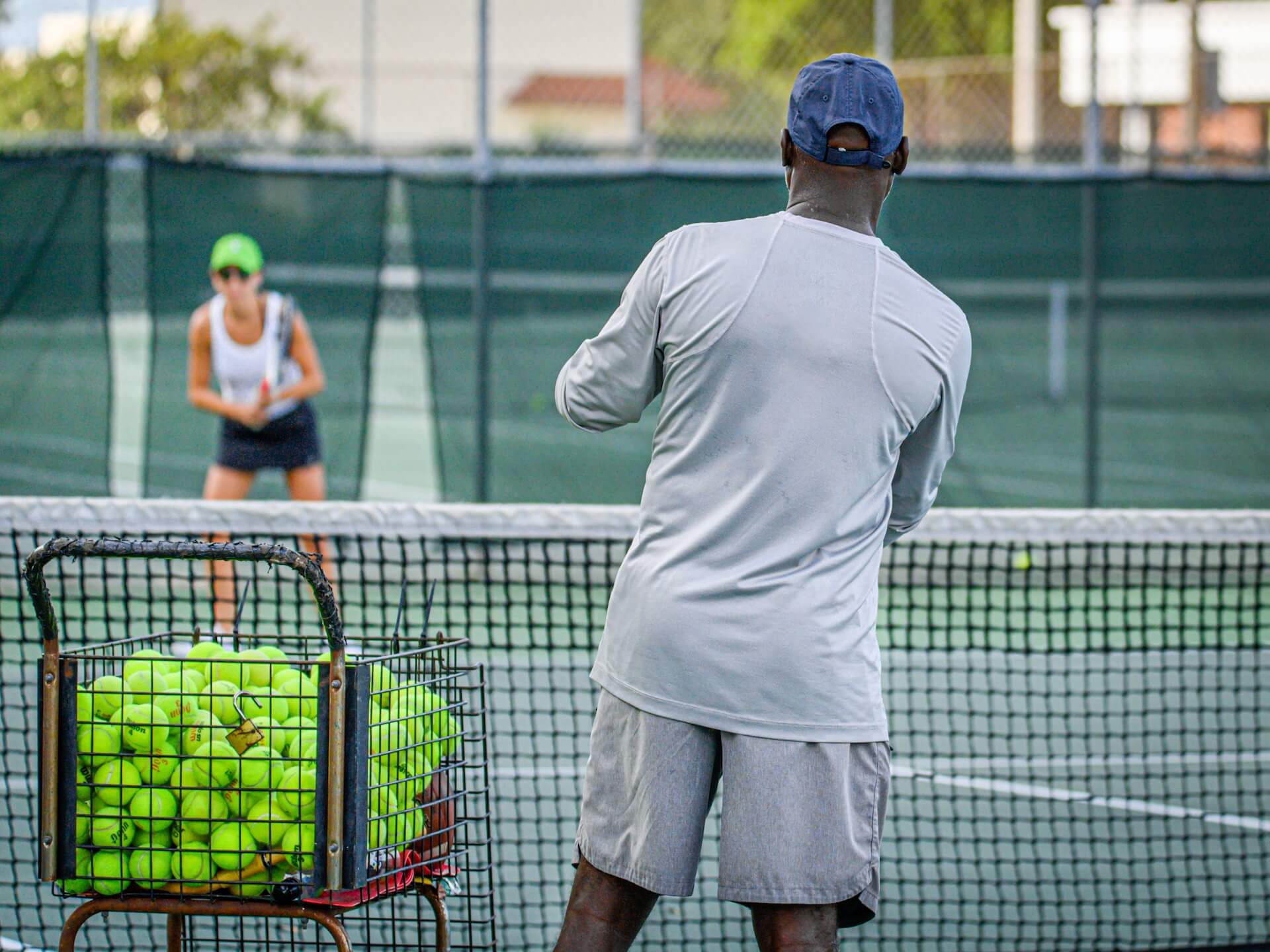Diagnosis and Treatment of Meniscus Tears in Wake County

What is a Meniscus Tear?
Three bones meet to form your knee joint: your thighbone (femur), shinbone (tibia), and kneecap (patella). Two pieces of cartilage between your thighbone and shinbone act as shock absorbers. The meniscus helps cushion the joint and keep it stable.
Meniscus tears are among the most common knee injuries. Athletes, particularly those who play contact sports, are at a high risk for meniscus tears. However, anyone at any age can tear their meniscus. When people talk about torn cartilage in the knee, they are usually referring to a torn meniscus. There are many types of meniscus tears, which are named by location and shape. Common tears include bucket handle, flap, and radial tears. Sports-related tears often occur in conjunction with other knee injuries, such as anterior cruciate ligament tears or medial cruciate ligament tears.

Causes of Meniscus Tears
Sudden tears of the meniscus often occur during sports but can occur during many different activities. Athletes may squat and twist the knee, causing a tear. The same movement can also cause a tear during daily activities. Older individuals are more likely to have degenerative tears since cartilage weakens and wears thin over time. An awkward twist when getting up from a chair may be enough to cause a tear if the menisci have weakened with age.
Symptoms of a Meniscus Tear
A popping sensation may be felt when the meniscus is torn. Most people can still walk on the injured knee and many athletes keep playing with a meniscus tear. Without treatment, a piece of the meniscus may come loose and drift into the knee joint, which can cause the knee to slip, pop, or lock. The most common symptoms of meniscus tears are:
- Pain
- Stiffness and swelling
- Locking or catching of the knee
- “Giving way” sensation of the knee
- Loss of the knee’s full range of motion
How are Meniscus Tears Diagnosed?
When diagnosing a meniscus tear, your healthcare provider will conduct a physical examination of your knee. They will look for signs of swelling and move the knee to test your range of motion. If necessary, the physician may order imaging tests, such as an X-ray or MRI, to get a clear look at the knee. A knee arthroscopy may also be required so your doctor can properly diagnose the injury.

Treatment Options for Meniscus Tears at Raleigh Orthopaedic
Treatment for a torn meniscus depends on the type of tear, its size, and its location, as well as the age, activity level, and any related injuries of the patient. A longitudinal tear is a tear on the outside third of the meniscus and may heal on its own due to its rich blood supply. It can also be repaired with surgery. On the other hand, the inner two-thirds of the meniscus lack a blood supply and cannot heal on their own. These complex tears are often in thin, worn cartilage and are normally removed surgically since they cannot grow back together.
If the tear is small and does not cause symptoms, surgery may not be necessary as long as the knee is stable. Nonsurgical treatment options for a meniscus tear include:
- Rest
- Ice
- Gentle compression
- Elevation
- Non-steroidal anti-inflammatory drugs (NSAIDs) such as ibuprofen or naproxen
- Physical therapy
If additional injuries or symptoms persist with nonsurgical treatment, surgery may be recommended. Meniscus tear surgery is done arthroscopically using small incisions. The procedure is often performed as an outpatient surgery. A meniscectomy involves removing a torn portion of the meniscus, whereas a meniscus repair surgery involves stitching the tear back together. The type of tear will dictate whether a repair or partial meniscectomy is performed.

Meniscus Tear Recovery
Meniscus tears are extremely common knee injuries. With proper diagnosis, treatment, and rehabilitation, patients are often able to make a full return to their pre-injury abilities. Many meniscus tears do not require surgery to heal. Your healthcare provider may prescribe NSAID medication such as ibuprofen or aspirin to alleviate pain and reduce swelling. While recovering, it is important to keep weight off the knee as much as possible. Icing the knee can help to reduce swelling, and should be done several times a day for twenty minutes. Wrapping the knee with a bandage and elevating the knee above the heart can also help speed up the recovery process.
Can Meniscus Tears Be Prevented?
Most meniscus tears occur as a result of an accidental injury, which makes them difficult to prevent. There are, however, ways you can reduce your risk of a torn meniscus. Strengthening the muscles that support the knee can potentially prevent injury in the event of a sudden movement. Wearing a knee brace while playing a sport or exercising can prevent the knee from moving in an awkward direction. It is important to slowly work up to more intense exercise when training. Wearing the appropriate shoes while doing so can also help with support.

Orthopedic Sports Medicine Treatment at Raleigh Orthopaedic
Raleigh Orthopaedic is Wake County’s oldest and most experienced orthopedic practice, helping patients of all ages heal from orthopedic injuries to the knee, back, wrist, and more. We give our patients access to comprehensive orthopedic care, along with convenient urgent care centers and physical therapy services. To get started with Raleigh Orthopaedic, please give us a call or book an appointment online today.














